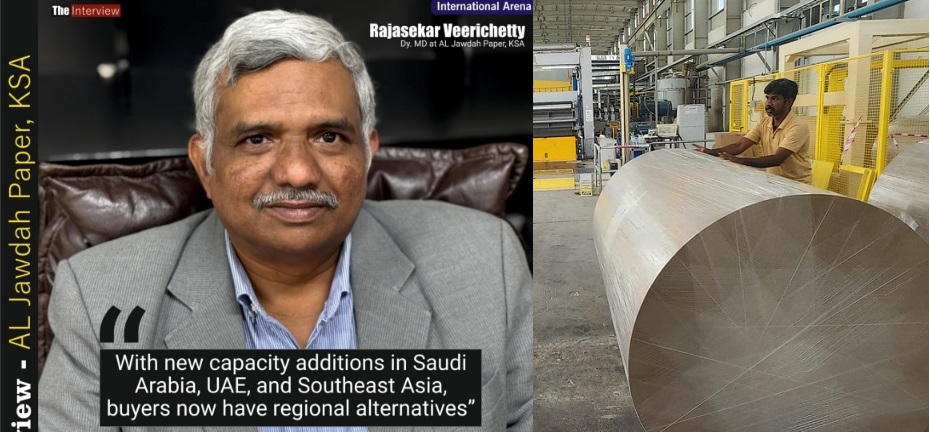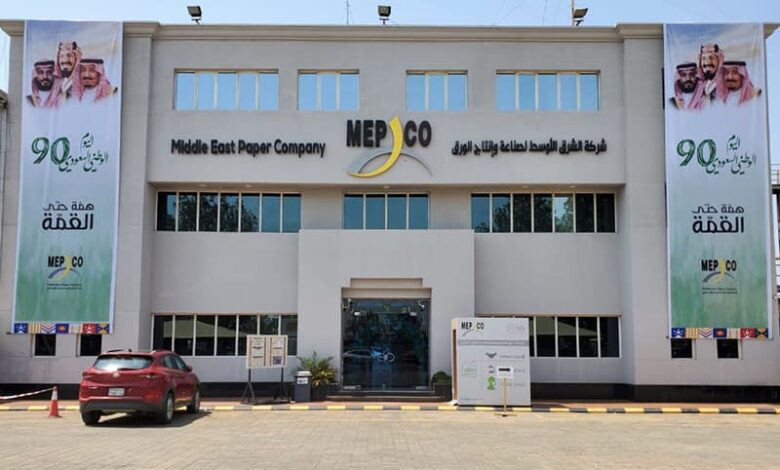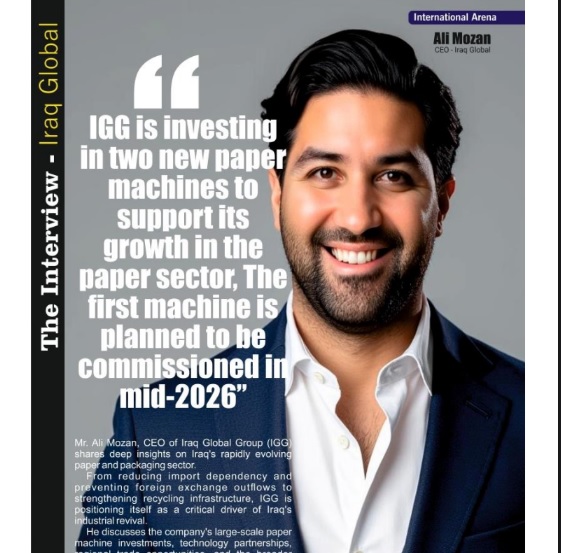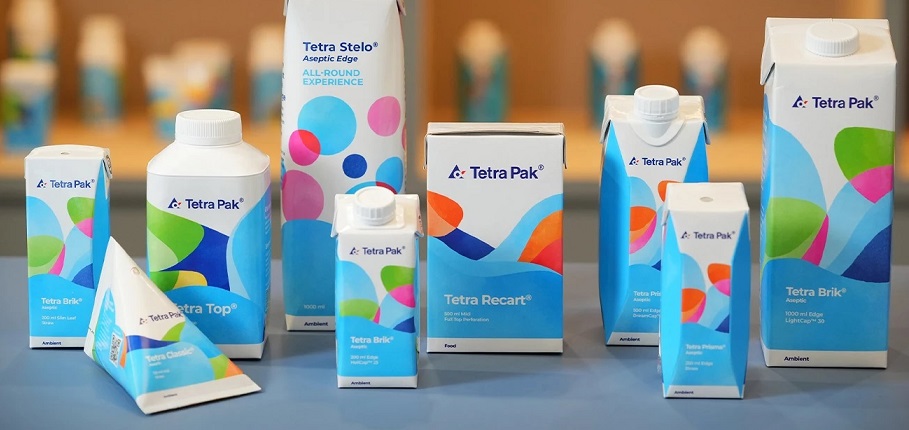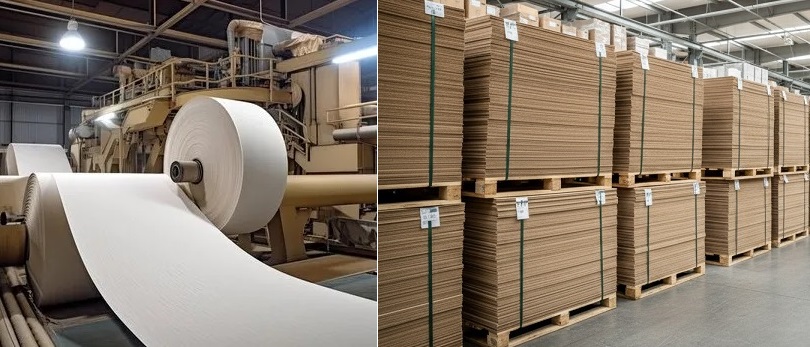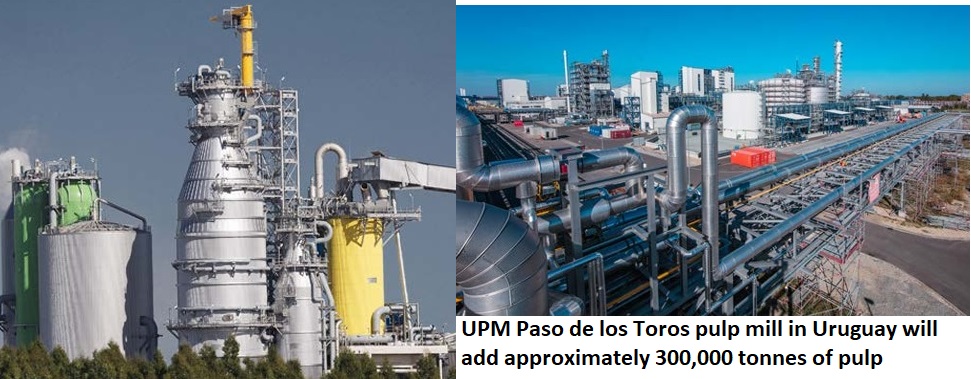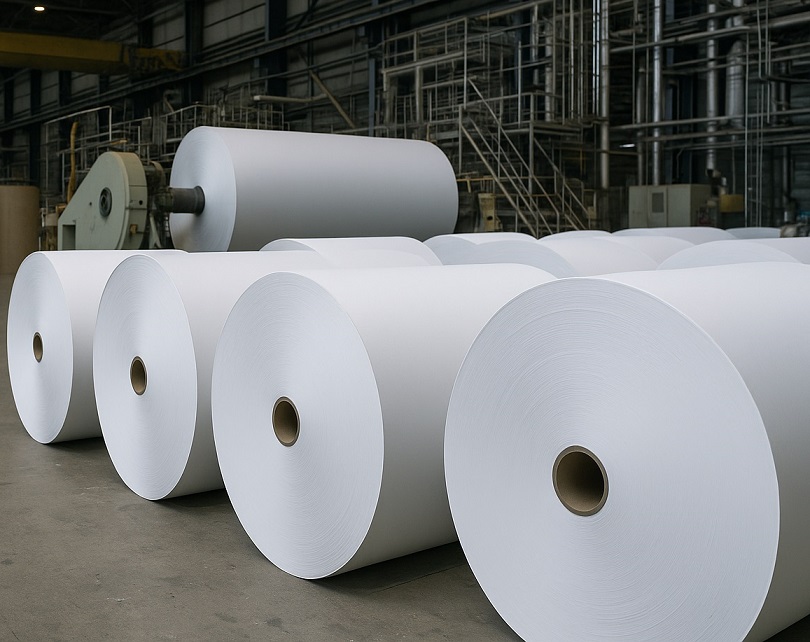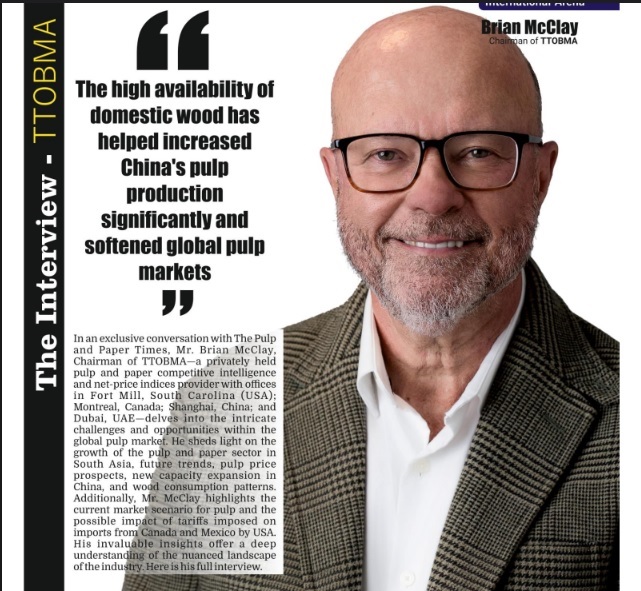Paperboard is a complementing packaging solution, not a competing solution to moulded fibre products, says Mr. Jarkko Tuominen, VP of Metsä Spring
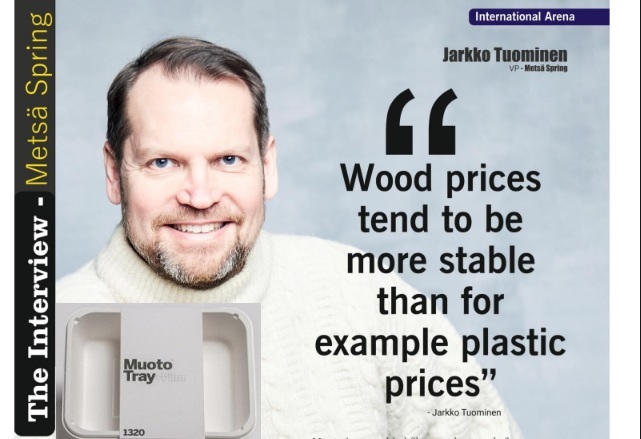
Paperboard is a complementing packaging solution, not a competing solution to moulded fibre products, says Mr. Jarkko Tuominen, VP of Metsä Spring
-Paperboard has very good printing properties and it can be recycled in the same recycling scheme together with Muoto
-The choice between Muoto and general moulded fibre packaging will depend on specific needs, such as the desired level of sustainability, performance requirements, cost considerations, and market positioning”
Muoto is a moulded fibre product made from renewable and biodegradable wood fibres. This innovative packaging offers a sustainable alternative to traditional plastic packaging, addressing environmental concerns by reducing plastic waste and promoting the use of renewable resources. In an exclusive interview, Mr. Jarkko Tuominen, VP, Metsä Spring, discusses the sustainable alternative to traditional plastic packaging and its potential for scaling in the global packaging markets. Here are his views:
The Pulp and Paper Times:
Q: Please give us a brief introduction to Metsa Spring and its innovative packaging product-Muoto.
Metsä Spring is an innovation company within Metsä Group, focused on creating and developing new sustainable business concepts in the forest industry. One of our notable potential innovations is Muoto, an eco-friendly packaging solution. Muoto is a moulded fibre product made from renewable and biodegradable wood fibres sourced from sustainably managed Nordic forests. This innovative packaging offers a sustainable alternative to traditional plastic packaging, addressing environmental concerns by reducing plastic waste and promoting the use of renewable resources. Muoto's versatility and eco-friendly attributes make it suitable for various applications, particularly in food and consumer goods packaging.
Q: Moisture, gas, water, oil, and grease create a limitation in paper packaging. How much does Metsa trust its solutions to overcome this limitation?
The barrier properties are very much depending on the end-use and customer. Our plan is to develop solutions to many end-uses in the long run, but we will start with products with moderate demands.
Q: Muoto is made of renewable raw materials from sustainably managed forests, comprising renewable wood fibres. Do we believe that Muoto will outperform paperboard packaging in the long run?
Muoto’s success will depend on its ability to meet performance and cost benchmarks, achieve market acceptance, and scale production efficiently. If these factors align favourably, Muoto could indeed become one of the leading packaging solutions. But it is important to understand that paperboard is a complementing packaging solution, not a competing solution to moulded fibre products. Paperboard has very good printing properties and it can be recycled in the same recycling scheme together with Muoto.
Q: There has been a penetration of moulded fibre products made from Agro-waste around the world, people are using moulded tableware and other packaging products because of easy availability, cheap price and recyclable fibre properties it hold. How would you compare Muoto vs Molded fibre?
Both Muoto and general moulded fibre packaging offer sustainable alternatives to traditional packaging materials. Muoto stands out for its resource efficient use of renewable wood fibres and sustainable sourcing, potentially offering superior functionality in targeted applications. General moulded fibre products, on the other hand, are widely recognized for their cost-effectiveness, versatility, and established use of recycled materials.
The choice between Muoto and general moulded fibre packaging will depend on specific needs, such as the desired level of sustainability, performance requirements, cost considerations, and market positioning. Muoto may be more suitable for premium, product safety and eco-conscious customers looking for innovative packaging solutions, while general moulded fibre remains a reliable option for a broad range of applications.
Q: Muoto will be made from wood which is a very precious material in most of the developing countries where wood is being used in many applications. Don’t you think it will be a costly thing to adopt in life?
Wood used in Muoto production is sourced from Finnish forests. The volume of trees growing in Finland has grown since the 1960s and continue to grow also in the future. The Finnish forest industry is now looking for products with even higher added value. Muoto is in this context a good example.
Q: Please shed light on the manufacturing process of Muoto.
Novel technology has many innovative aspects. The occupational and product safety and high-level of automation have also been in focus of our development work. We start from pulps made by Metsä Group. We aim to use the fibre material intelligently getting good properties very resource efficiently. Manufacturing process is designed using a modular concept and that helps us in tailoring and planning.
Our plan is to build the first commercial Muoto mill in Rauma, Southwestern Finland, close to a Metsä Group pulp mill, thus resulting in a lot of synergies. In the production process different wood fibres are treated based on the end use requirements. In forming, the fibres are layered in the product to form a very resource efficient product structure already into the desired shape. Then the products are dried and cut, packed in a fully automated line. Process water, chemicals and product waste are circulated in the process.
Q: Please let us know Metsa's plan to scale up its Muoto production facility across the world, particularly its plan for India.
Our plan is to grow and India as a big potential market is very interesting. We are still in the development phase and the potential first mill investment decision is planned to be made during the year 2025. Naturally, our focus is now in the first Muoto mill in Rauma. The learnings from the first mill will affect our future planning.
Q: Muoto requires Pulp ( Soft and Hardwood), Do you think that mergers and acquisitions in the global pulp production already impacting paper prices, Import of paper to developing countries is increasing, In that scenario wood fibre packaging product like Muoto would impact paper prices indirectly if penetrated in future.
Our plan is to use pulp from Metsä Group. The potential mergers and acquisitions will not play important roles in our future planning.
Q: In 2023, wood prices already surged by 30%, how would you justify the price dynamics of Muoto in comparison to other Argo waste or plastic packaging (using Virgin layer in direct contact to food)?
We look at our potential investments with a very long-term view. All our markets are quite volatile in terms of price. In other words, the short term price dynamics are less important. In general, wood prices tend to be more stable than for example plastic prices.
Q: We are aware that fibres get shorter and shorter as they're recycled, and we can make products out of paper and board that lend themselves to better recycling and that can be recycled more than seven times. How do you support Muoto’s raw material for longer recyclability versus plastic?
This seven times recycling limit of wood fibres is a known fact that is not really a fact. Fibers can already be recycled in good systems much more. I think this is one of the benefits of good quality wood fibres. The recycling systems for fibres are working well in many countries and fibres are already being recycled effectively today. This seems to be technically easier than in case of plastics, as different plastic types are used widely and it is challenging to recycle them efficiently in the same system.
Q: What is the Life Cycle Analysis (LCA) of paper-based packaging? In a recent interview with The Pulp and Paper Times, the World Packaging Organization (WPO) claimed that there is seven times less impact if we opt for plastic bags, and even more so if we recycle that plastic. It is not just a bag or box; there’s a lot of science and technology that go behind the creation of that particular packaging component. How do you respond to this claim in terms of your innovation?
I think that for each individual end-use we should consider what is the best and safest way to pack the product, or not to pack it at all. It is very dangerous to generalize this complicated matter. Our intention is to use our Muoto packaging were the impact is always positive for the nature and also to the consumer.
Q: What are the other packaging applications of Muoto apart from food packaging?
We will start with food and food service packages, but the technology can be used for many different areas. We just want to make sure we can focus on right issues in the beginning and only then start moving forward to new areas.
Q: Can Indian Paper Mills using wood from sustainable forest having pulp mill, can manufacture Muoto? Please shed light on your local production policy.
Like I already said, we have our current focus on the first Muoto mill in Rauma, Finland. After the results from that mill, we can start planning next steps. Let’s hope there is going to be a Muoto mill in India in the future.
Web Title: paperboard is a complementing packaging solution, not a competing solution to moulded fibre products, says Mr. Jarkko Tuominen, VP of Metsä Spring





 Join WhatsApp Group
Join WhatsApp Group Join Telegram Channel
Join Telegram Channel Join YouTube Channel
Join YouTube Channel Join Job Channel (View | Submit Jobs)
Join Job Channel (View | Submit Jobs) Join Buy Sell Channel (Free to Submit)
Join Buy Sell Channel (Free to Submit) Paper News Headlines Channel (Free to read)
Paper News Headlines Channel (Free to read)




